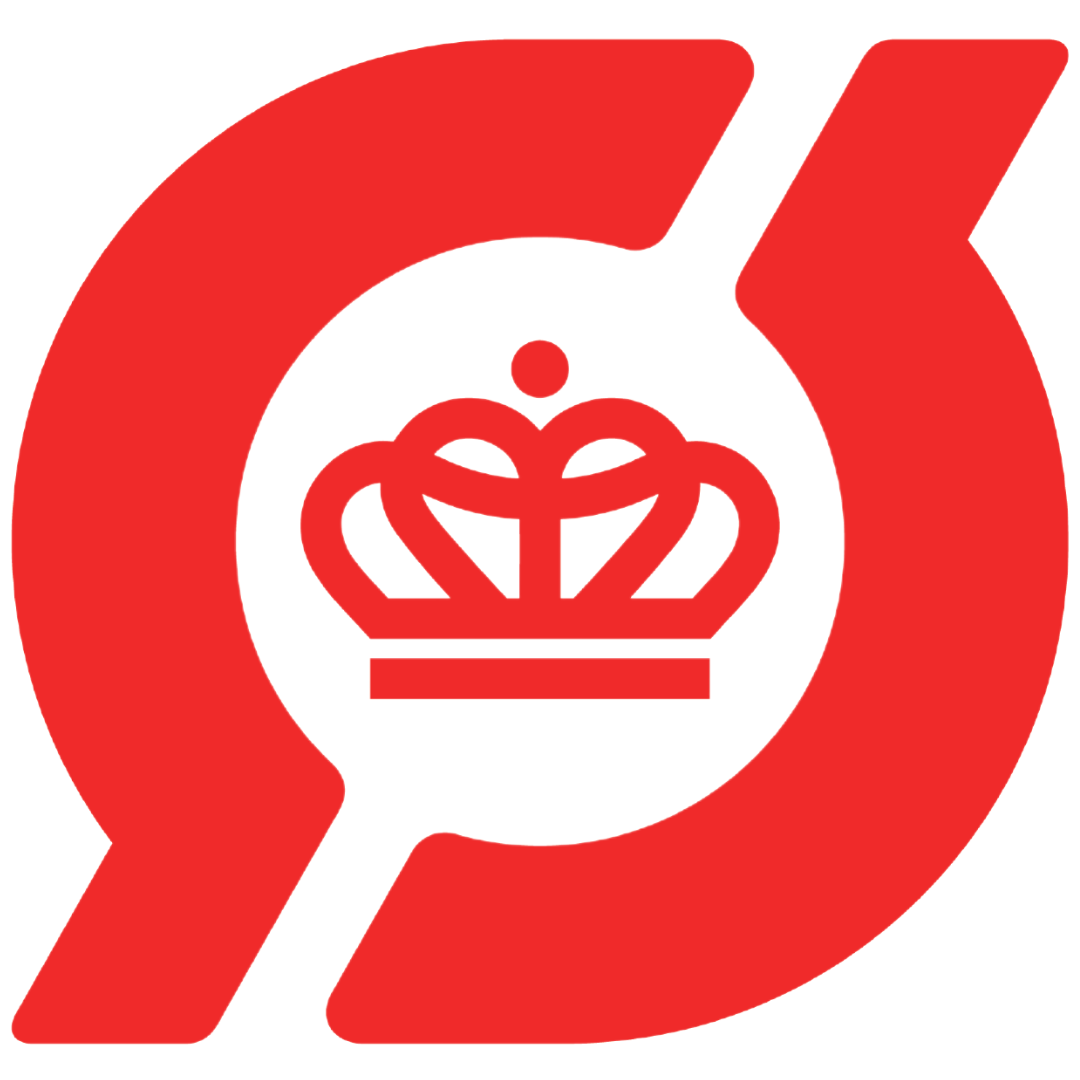Ravnbækgaard
By Michael Lauridsen
Supplier to Spis min gris since 2019
Michael cares for his cattle from birth to slaughter
At Ravnbækgaard, the primary purpose of the cows is not to become organic meat; rather, it is to produce milk. However, at Ravnbækgaard, it's crucial to follow the animals throughout their lives. As Michael says: "He knows that the animals are as well as possible at Ravnbækgaard."
Therefore, since 2019, Michael has collaborated with Spis min gris and had the dairy cattle farm-butchered after about 6-7 years, when the animals have given all the milk they can and have lived well and long. This way, the animals are allowed to provide as much value as possible, and in the end, the meat is sold to companies, canteens, and restaurants that appreciate that the animals have lived long and well.
The animals graze in forest agriculture
The animals are outside as much as possible. From early April to November, they are in areas designed for the animals to live naturally and take care of themselves. The surroundings are so-called "forest agriculture," as there are windbreaks and trees on all the land. This way, the animals can find shelter from rain and sun and take care of their skin by rubbing against trees and the like.
Grass-fed crossbred dairy cattle
Almost all the feed is found by the cattle themselves; about 80% of their intake is grass, and the rest is grain, hay, and straw bales. The animals also graze lower areas where fodder production is not possible. The cattle are a mixture of Holstein cattle, red Danish dairy cattle, and Swedish red dairy cattle (and crosses of the last two) because this is how Michael gets cattle that can both produce a lot of milk and provide good meat.
About Ravnsbækgaard
Michael Lauridsen took over Ravnbækgaard in 2013. The farm is located in Ovtrup north of Varde, where Michael lives with his wife Marie and son Topper.
FARM NAME
Ravnbækgaard
Address
Bækhusevej 45
6855 Ovtrup
Animals
Dairy cattle, including Danish Holstein and red Danish dairy cattle, as well as Swedish red dairy cattle (crosses of the last two)
CHR number
45710
Hectares and leases
400 hectares of land
Number of dairy cattle
350 adult cows in milk production (+ 300 calves and heifers)
The animals' role
The primary work of the cattle is to provide organic milk, but they also graze lower areas that cannot be cultivated.


